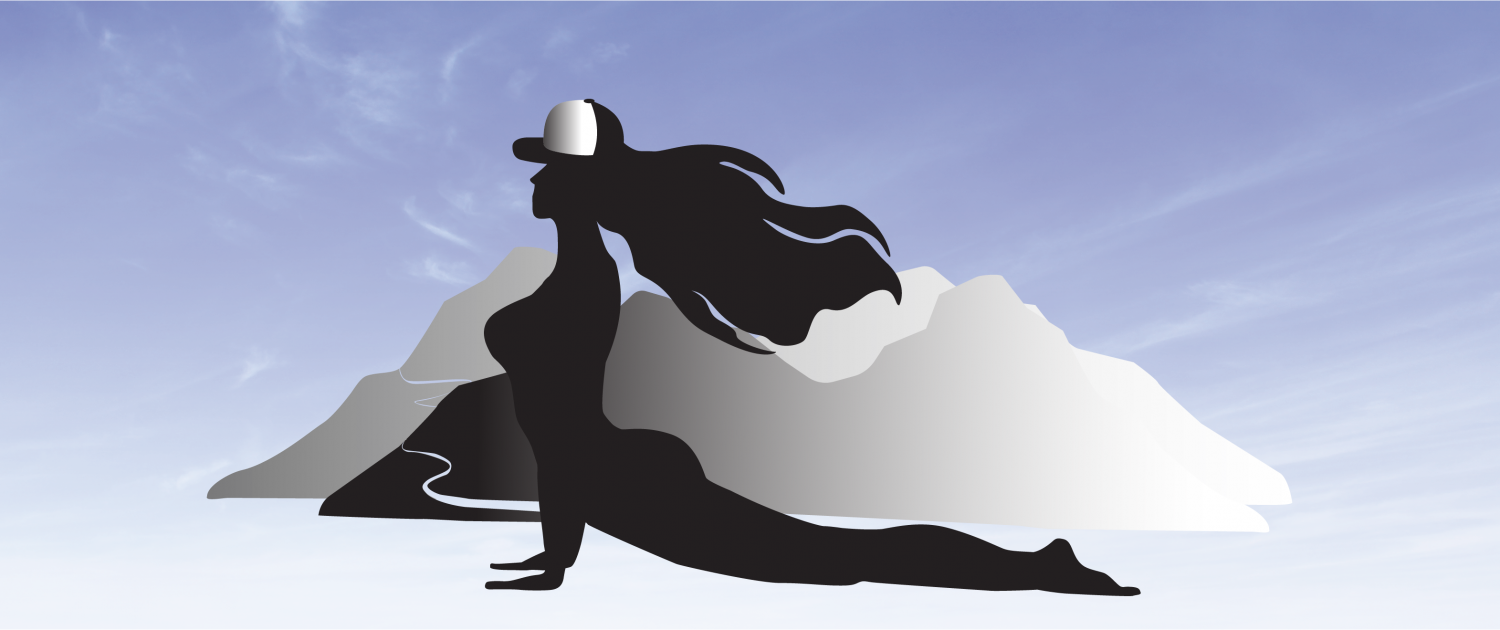
YOGA STATISTICS & RESEARCH

Yoga users reported the most positive health benefits, compared to users of natural products and spinal manipulation. This analysis by the National Center for Complementary and Integrative Health (NCCIH) was published in a National Health Statistics Report by the National Center for Health Statistics.
Nearly two thirds of yoga users reported that as a result of practicing yoga they were motivated to exercise more regularly, and 4 in 10 reported they were motivated to eat healthier.
More than 80 percent of yoga users reported reduced stress as a result of practicing yoga.
After 3 months of yoga, markers showed inflammation was lowered by 10-15%
Journal of Clinical Oncology shows:
- Yoga has been shown to reduce stress and help people sleep better.
- Lower inflammatory responses to stress.
- Improved crucial levels of glucose and insulin in patients with diabetes.
Scientific testing has also linked yoga and other meditation practices to improved wellbeing in general; also finding that it reduces:
- Anxiety
- Depression
- Stress
People who regularly practice yoga are more likely to eat more healthily and take part in other forms of exercise.
An article published on PubMed April 2015 stated mindfulness mediation had improved sleep quality, insomnia, and fatigue among older adults versus the controlled group receiving sleep hygiene instruction.
Research done by Thomas Jefferson Medical College in Philadelphia and the Yoga Research Society found: Yoga not only helps strengthen the parasympathetic nervous system (PNS), it minimizes the body’s tendency to activate the sympathetic nervous system (SNS). Yoga also reduces levels of the stress hormone cortisol.
Yoga activates the PNS, getting you out of the “flight-fight-freeze” response. In doing so, you can reduce blood pressure, elevated heart rate, and accelerated breathing after a stressful event. Dr. Sarah Dolgonos comments that “people who practice yoga thus learn to be aware of and respond differently to stress-inducing thoughts and experiences so that the baseline of the PNS can be maintained”.
A survey done by the National Center for Complementary and Integrative Health stated: Over 55% of people who did yoga found that it helped them get better sleep. Over 85% said it helped them reduce stress.
The Annals of Internal Medicine (July 2017) published many findings stating yoga as one of the alternatives for improved back pain recommended over pain medicines. Their research specifically focuses on poses and relaxation techniques that are both helpful and safe.
New research from Carnegie Mellon University is the first to show that brief mindfulness meditation practice — 25 minutes for three consecutive days — alleviates psychological stress. Published in the journal Psychoneuroendocrinology, the study investigates how mindfulness meditation affects people’s ability to be resilient under stress.
US National Library of Medicine National Institutes of Health found that yoga improves:
- overall flexibility
- gradual loosening of the muscles and connective tissues surrounding the bones and joints
- building muscle mass and/ or maintaining muscle strength, which protects from conditions such as arthritis, osteoporosis and back pain
- blood flow, levels of hemoglobin, and red blood cells which allows more oxygen to reach the body’s cells, enhancing their function, and overall reducing the chances of heart attack
- mental and physical energy that improves fitness and reduces fatigue
- the cardiovascular efficiency, homeostatic control of the body and results in improvements in autonomic balance, respiratory performance, and overall well being
- the time taken to fall asleep, with an increase in the total number of hours slept, and the feeling of being rested in the morning



